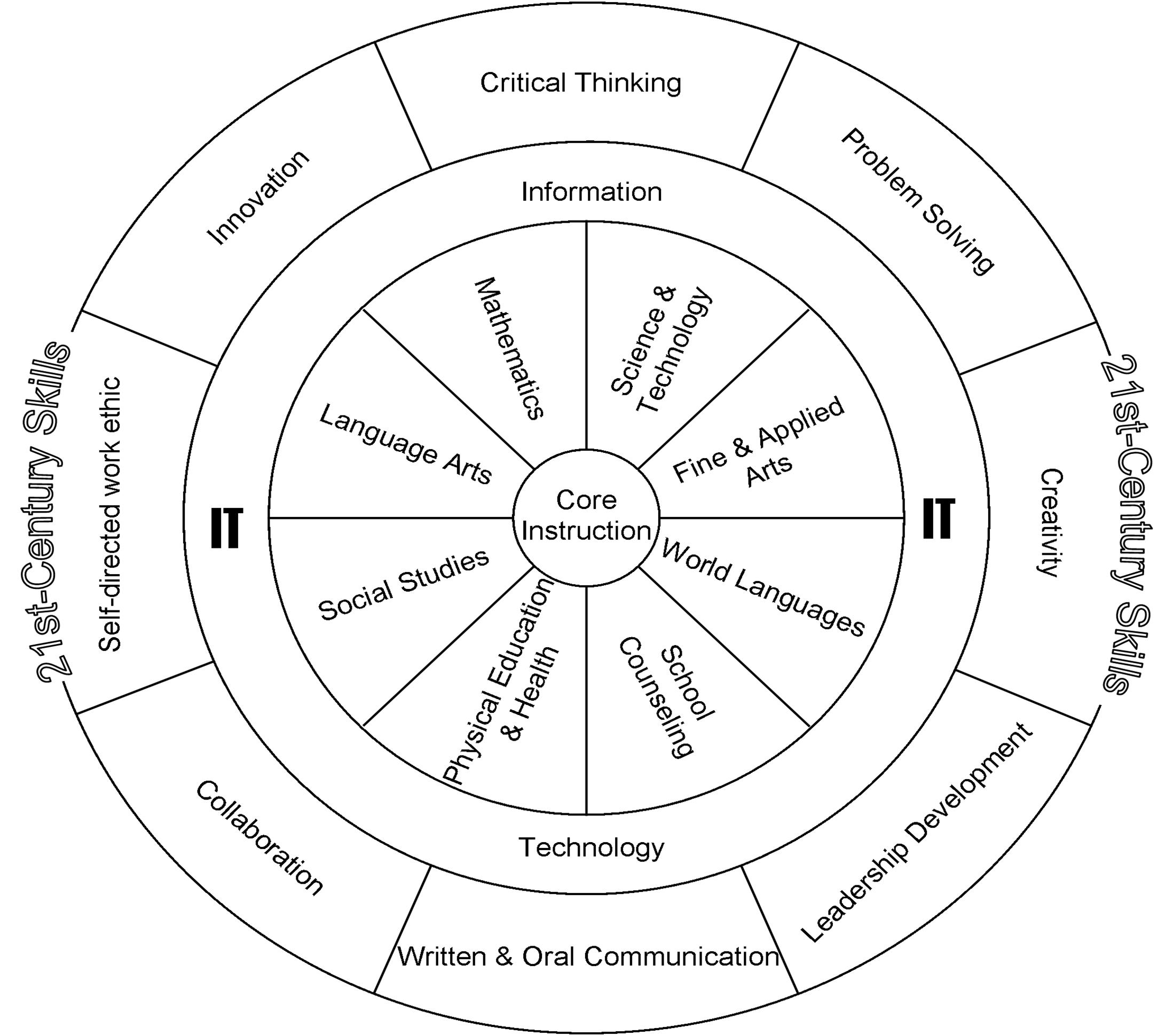Too often, education is viewed as taking place in a classroom surrounded by four impenetrable walls, where knowledge is transferred from a teacher into the minds of students. This didactic approach to teaching and learning does not provide young men and women with the opportunity to construct their knowledge and develop a conceptual understanding of content. Teachers and teacher leaders need to facilitate the development of skills, dispositions, and knowledge of students to make them competent, contributing members of society.
Secondary educators have such amazing opportunities to allow learning to transcend the classroom walls. Frequently the expression, “like real life,” is used within the context of learning tasks provided by teachers. Unfortunately these synthetic scenarios only partially mimic an authentic situation. There is no reason that learning and learning context cannot be truly genuine. Making meaningful connections with the community, whether that community is defined as a local environmental organization, the medical field, the computer gaming industry, or perhaps the local news media, is critical to provide an audience for the production of student products. When students have an authentic audience who value the learning products they create, they take greater ownership and produce higher quality work. They also develop the skills necessary for their future success.
Twenty-first-century skills
Dubbed twenty-first-century skills, educators have developed a framework to identify the life skills that are necessary for today’s learners. The skills and dispositions associated with a twenty-first-century learner include: critical thinking, problem solving, innovation, creativity, self-directed work ethic, collaboration, written and oral communication, and leadership development. Information technology (IT) skills are often listed within twenty-first-century frameworks, however it seems more reasonable to integrate IT skills as a bridge between core instruction and twenty-first-century skills because it is the emerging, common, fundamental link that connects them (see Figure). The concept of twenty-first-century skills is really not novel; they make logical sense and have been long extolled by the education community. However, they provide educators with a valuable framework to ensure they are providing their students with valuable learning opportunities.

Information Technology Bridging the Gap between Twenty-first-century Skills and Core Instruction (LaBanca, 2008).
When truly considering the implementation of twenty-first-century skills in conjunction with core instruction, educators must reconfigure their instructional strategies. Most recognize that constructivist-based knowledge acquisition occurs through a situated learning schema where students not only learn from the “Sage,” but from social interaction with one another. Knowledge flow can occur in two directions. Therefore, students need to become producers of information, not just consumers. Implementing novel knowledge production in this bidirectional fashion certainly will cause changes to teacher pedagogy. It is probable that many educators will need direct and specific training and mentoring to implement this type of change.
Problem Solving and Problem Finding
Secondary school teachers have long valued developing student problem solving skills
Indeed, problem solving has become an integral part of instruction across curriculum areas. Students are challenged to use a variety of strategies to identify problems and their implications, develop action plans, utilize a variety of relevant sources, information, and data to address the problems, and formulate solutions. Problem solving, a twenty-first-century skill, often involves the integration of other twenty-first-century skills like critical thinking, collaboration, and written and oral communication.
Problem solving techniques can be highly idiosyncratic. However, in perhaps too many educational settings involving problem solving, teachers provide students with the problem or question, and sometimes even the methodology for determining the solution. This approach may be due to curricular requirements, time factors, the limited scope and goals of particular learning modules, or the inability of teachers to effectively employ inquiry-oriented instructional techniques.
What, therefore, seems lacking are opportunities for students to problem find: to develop their own unique ideas for study. While problem solving requires primarily logical and analytical thought processes, problem finding is a creative process. Students benefit greatly from a more holistic instructional approach, which includes experiences in both problem finding and problem solving. When these opportunities become authentic, there is potential for great gains in student learning and achievement. Educators can simultaneously develop students’ creative and innovative potential while improving critical thinking skills.
Teachers and Instructional Leaders as Change Agents
Bidirectional knowledge acquisition as an instructional strategy is not a simple process. It involves a major rethinking and a paradigm shift for teaching and learning. Too often the educational enterprise has focused on good teaching. While good teaching is important, it is not as critical as meaningful learning. If there is a shift in focus from teaching to measured learning, there will be benefits to the educational enterprise, business and industrial communities, and most importantly, our students. Twenty-first-century skills are critical to the needs of society, as we develop autonomous, self-directed learners. The only way this process can potentially approach success is through communication and sharing of ideas with all stakeholders. The collective expertise of many people, facilitated by informed leadership, can help to continuously improve the process where students become producers of information that is shared with an audience that transcends the classroom walls.